A long, strenuous hike to one of the more remote peaks in the western Angeles National Forest. A great cool-weather route with some challenging sections of scrambling, this hike is an exercise in mental drive — and offers pure seclusion and solitude amid the mountains for those willing to make the effort.
NOTE: This trail was heavily damaged in the Station Fire but has been reopened as of May 24, 2012. Trail conditions may have changed significantly from the following write-up.
A little while back, I hiked Trail Canyon to Condor Peak, with the hopes of adding a few extra miles to the trip and bagging Fox Mountain, too. Unfortunately, after hiking 8 miles in hot weather, we didn’t think we had it in us to bag another peak and make it out in anything resembling decent shape. This week, I decided to give it a go from another angle.
From the various guide books and forum postings I’d read about Fox Mountain, the trailhead seemed difficult to find. Upon arriving in the area I can now say that yes, this trailhead IS pretty difficult to find.
After a short peek over the side of a small canyon – no luck – I finally stumbled on what I thought, maybe, was possibly the trailhead — a rough clearing in the brush by the side of the road. A quick look inside and I spotted a very clear, very established trail that’s otherwise completely hidden. From the road, this is what you’re looking for:
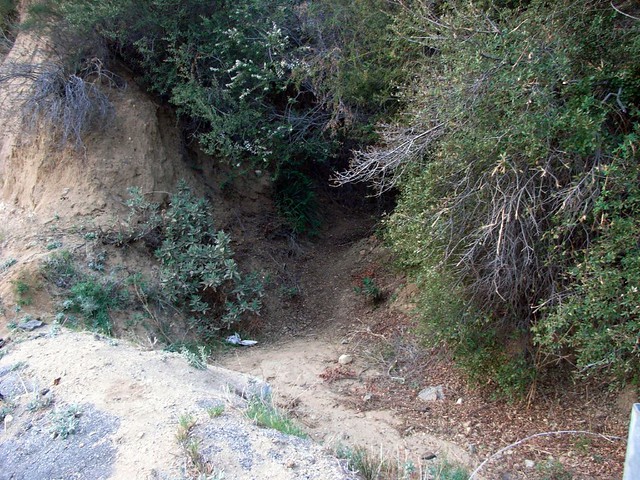
As the directions I read – both in books and online – were pretty unclear, let me do the honors of being accurate. If you’re coming here from the west, park at one of the small dirt lots near the intersection with Vogel Flats Road. Stick to the north side of the road and walk up around a small bend. The 4.50 Marker and trailhead will be on your left. If you’re coming from the east, the the trailhead is to the immediate right of this sign:

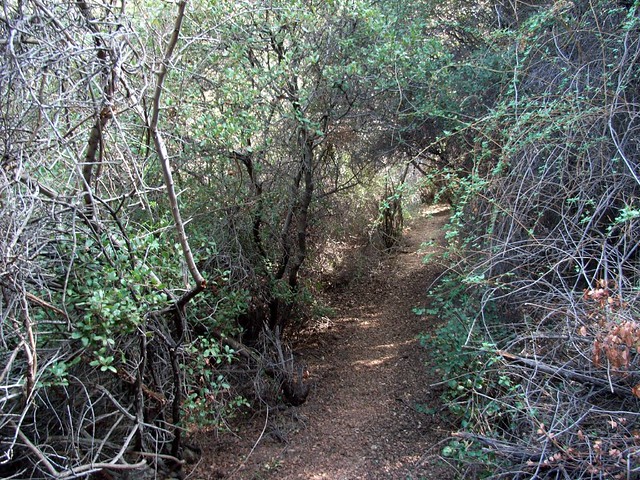
As the opening section wasn’t really anything to write home about, and the Main Event still so far in the distance, I just put my head down, got a good rhythm going, and pressed on into the forest.
When you get to this junction around the 0.4 mile mark, look for the trail that ascends instead of descends.
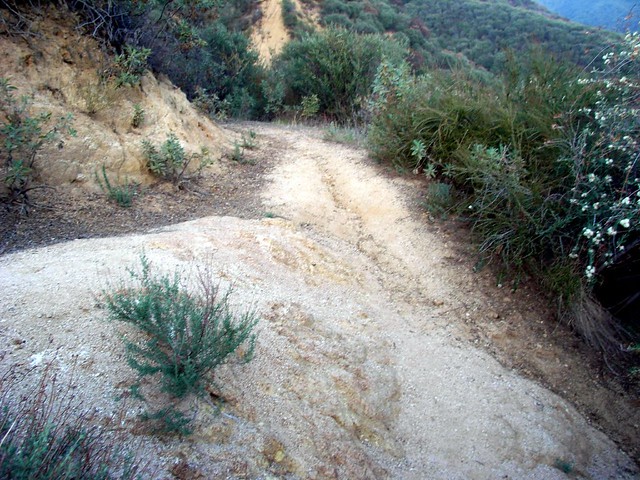
At a fast pace, I hiked up to a numbered mileage marker and looked around. To my left, the long ridge of Condor Peak rose through the haze.
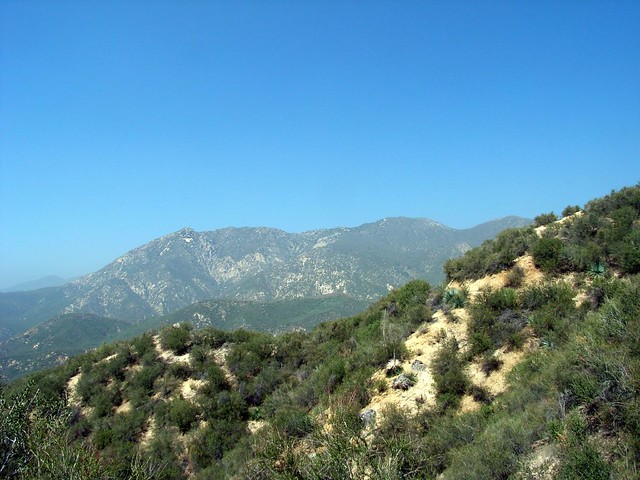
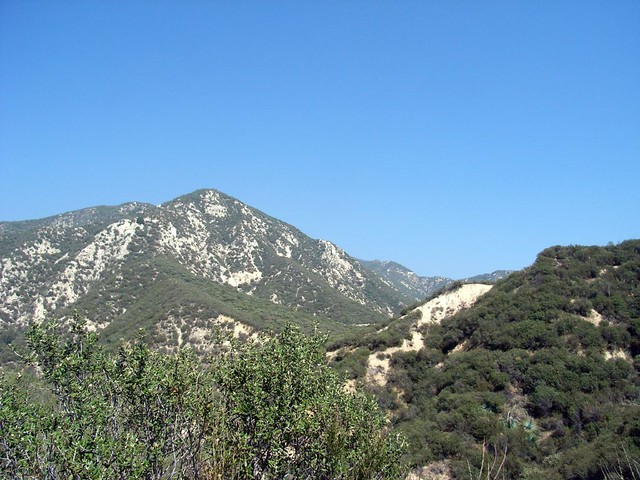
I trekked on in the full sunlight, happy it wasn’t too hot, winding my way through the typical brush and shrubs of the lower elevations. The trail was clear, and only occasionally rocky – and the trail is constructed very well. Although you’re steadily gaining incline you probably won’t notice it all that much due to the gentle grade.
About 2.5 miles in, I could hear the gentle trickle of water flowing from somewhere below me. And as the canyon rose to meet the trail over the next 0.4 miles I found a small but flowing spring pouring out of the side of the mountain. The water cascaded down through several small pools before trickling across the trail and down to the canyon below.
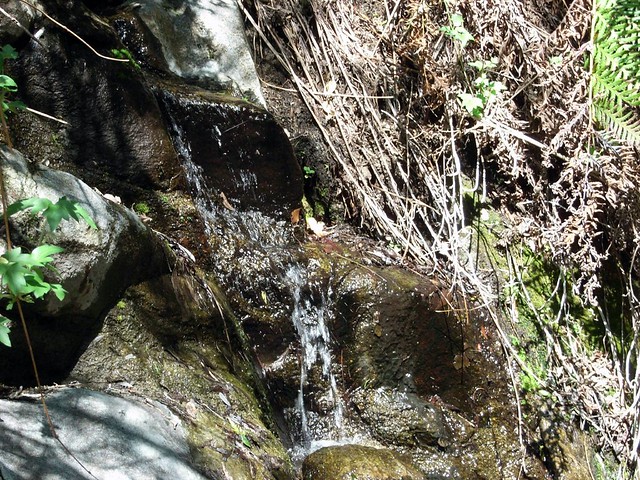
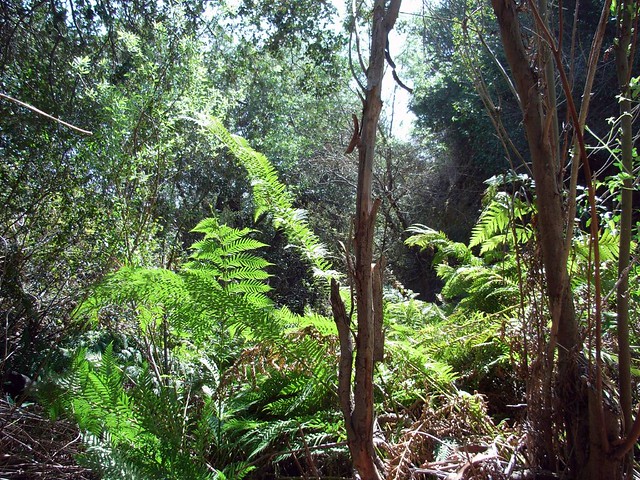
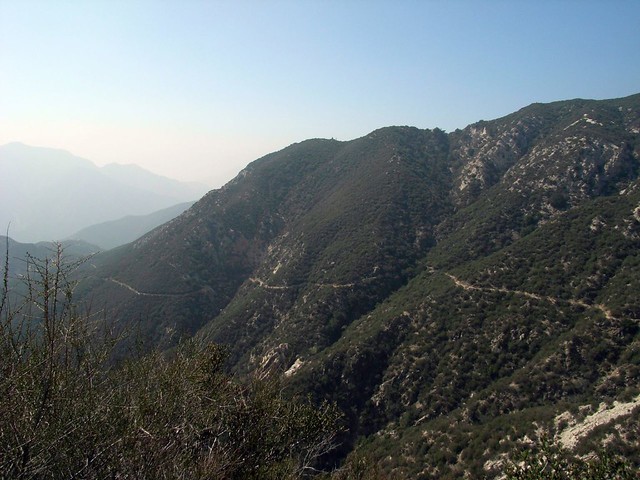
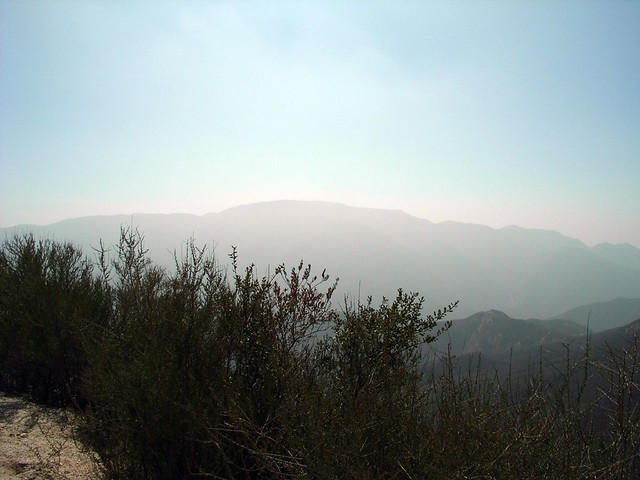
After that, it was a short (but still long-feeling) round the bend to the final stretch. You’ll reach the final use-trail at the 5.5 mile mark. The first thing you’ll notice is how steep the final use-trail is — about 500 vertical feet in almost as short a distance.
Steep.
If you brought trekking poles, you’re really going to appreciate having them on this stretch of trail. It’s possible to hike up without them, but it’s much easier to make it with a little bit of assistance.
I dug into the soft ground and hauled myself up to the summit, where I instantly threw off my backpack and sat on some stones near the marker.
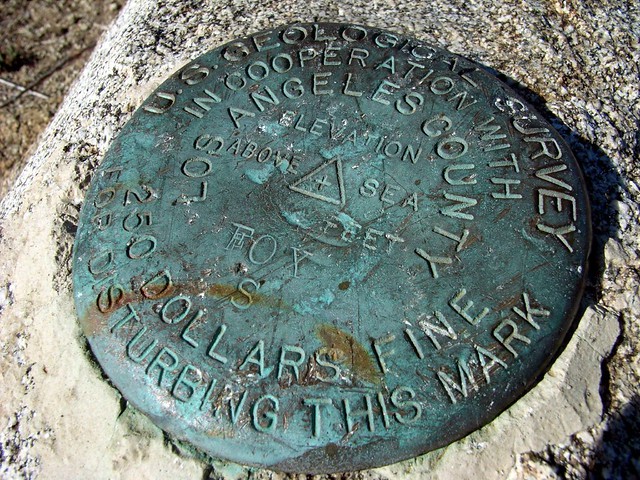
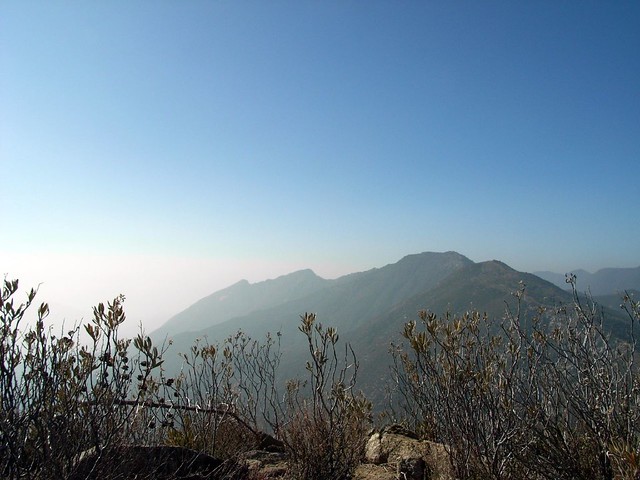

I searched through my pack and pulled out a Fuji apple – nature’s finest edible reward. As I nearly-inhaled the apple, I noticed a small dark mark on my left ankle. Peering closer, I confirmed my worries — it was a tick, and it was already lodged in my skin.

I know you’re supposed to hang onto these guys just in case, but I’ll admit I panicked and dropped it directly on my other leg, where it was taken care of with some frantic finger-flicking.
Needless to say, I adopted the New England Sock Style for the descent. Even though it looks ridiculous and it sure isn’t comfortable when it’s hot out.

Oh, and I got back just in time for the sunset.
Tags: Angeles National Forest, Fox Mountain, Hiking, Los Angeles, Trail Write-Ups











